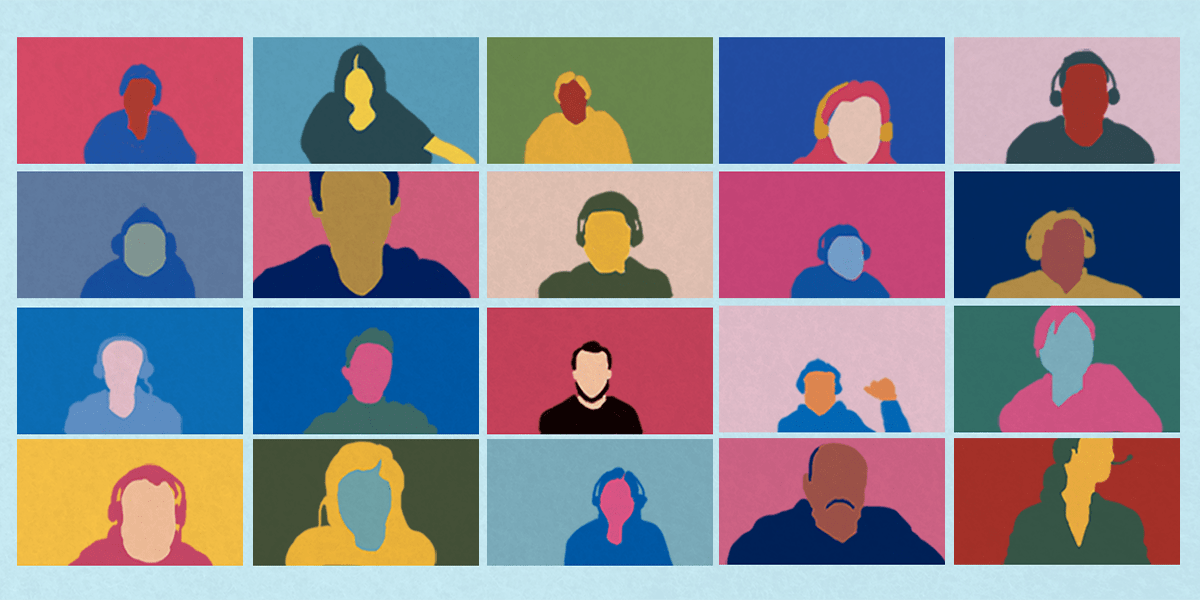Consider remote learning (e.g., remote access science labs). What modern technology do you think can better promote the teaching effectiveness of remote learning?
Remote learning is a form of education through which knowledge and information are passed to remote regions through print, audio, video, or other media (Cain et al., 2003). According to Clerehan (2002), more and more students are acquiring knowledge by the means of online course materials. At the start of the year, COVID-19 has forced educational institutions to shift towards online classes. The working of teachers, students, and school authorities have changed from a traditional pedagogical to a more technology-based approach, where they are working collaboratively from home. This crisis has brought remote learning to the forefront. Very different from traditional classrooms, remote learning can be administered through different modes of technology such as video conferencing, online assessments, padlets, etc.
Google classroom is a popular tech tool for conducting remote classes. Just like a traditional classroom, in Google classroom, the educator can organize and share notifications, notes, assignments, and homework and also can provide feedback to the learner. With easy accessibility and affordability of Google accounts, educators can use this personally. The schools can use it with the option of a G Suit account. With G suite account institutions can be well assured about the privacy and safety of the learners. With its video conferencing, and many more options, it creates an engaging, and interactive environment (Kessler, 2020). According to McGinnis (2020), it is ‘paperless’, ‘digital collaborative’ learning (para.1). Google classroom integrates all Google features, which gives flexibility and wider options for the educator to customize and enhance their teaching lessons. Conclusively, Google classroom is an effective, convenient, and time-saving tool.
References
Cain, D. L., Marrara, C., Pitre, P. E., & Armour, S. (2003). Support services that matter: An exploration of the experiences and deeds of graduate students in a distance learning environment. Journal of Distance Education, 18(1), 42-56.
Clerehan, R. (2002). Transition to tertiary education in the arts and humanities: Some academic initiatives from Australia. Arts & Humanities in Higher Education, 2(72-88)
Kessler, E. (2020, May 14). 10 things to know to get started with Google Classroom. Education. https://blog.google/outreach-initiatives/education/classroom-distance-learning/
McGinnis, K. (2020, April 16). What is Google Classroom? And how are teachers using it? Learn more about this popular platform and how to use it with students. Common Sense Education. https://www.commonsense.org/education/articles/teachers-essential-guide-to-google-classroom
Rosh, A. (2020, March 17). Distance Learning for OB/GYN Residencies [Image]. Rosh Review. https://www.roshreview.com/blog/specialties/md-do/ob-gyn/distance-learning-for-ob-gyn-residencies/


Hello Gagandeep,
Hope you are doing well.
Yes, the traditional classrooms have been shifted to online classes due to COVID-19 and most of the educators are providing education to the student via technological tools. For example, some international students who had not come to Canada due to the pandemic are gaining an education online and in an interesting manner. Moreover, I agree with you that Google classroom is an effective and appropriate tech tool for remote learning in which an educator can provide education to the students just like in a real classroom. I really appreciate you to shed light on this remote learning tool and I am thinking to use it in my future to provide quality education to the students.
Regards
Thanks, Harpreet. Yes, I too ready to experiment with this tool and learn more about it. Seems an efficient and amazing tech tool for remote classes.
Take care.
Gagan
Hi Gagandeep:
I like Google classroom as well. I think it’s a effective tool to help teachers and students on remote learning. The convenience of it is that almost everyone of us has a Google account, so it is easy to link and use. I hope to be able to use google classroom with my students in the future as well.
Hello Kenna.
Yes very agree with Google classroom because of the reason you mentioned in your reply post. Technology is not about making things difficult but making things easier and smooth.
Take care.
Gagan